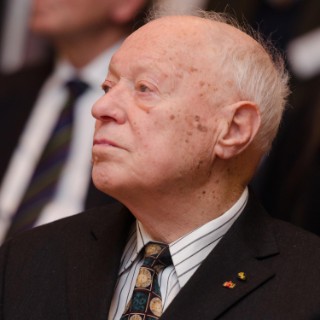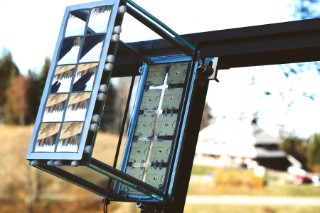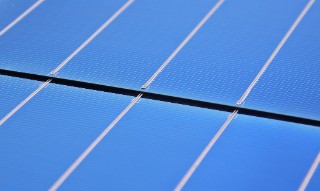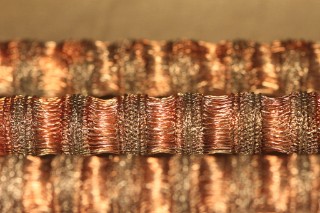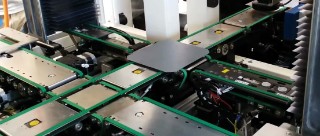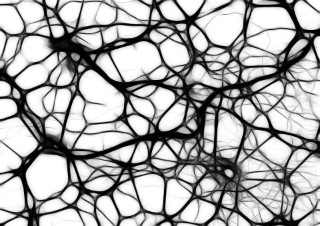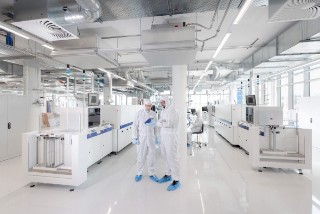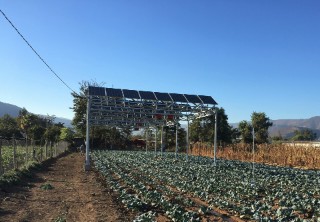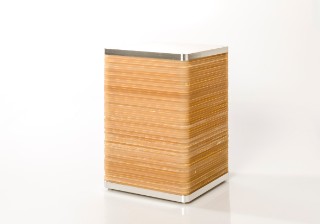Press Release #28 / 2018
Fraunhofer ISE Develops Solutions for Optimized Water Use in Solar Thermal Power Plants

Minimizing the water consumption of Solar Thermal Power (CSP) plants is an important issue, as this kind of solar power generation is often found in arid areas where the solar irradiation is high. Since these regions are also dusty, the associated yield reduction due to local dust deposition and the costs of cleaning are relevant factors. Particularly in regions lacking water, innovative water saving solutions for cooling and mirror cleaning are needed to significantly reduce the water consumption of solar thermal power plants. Any conflict of water use should be avoided to allow high acceptance of the technology. In the MinWaterCSP project, the Fraunhofer Institute for Solar Energy Systems ISE worked together with its partners on several approaches to reduce the water consumption in CSP plants.
more info